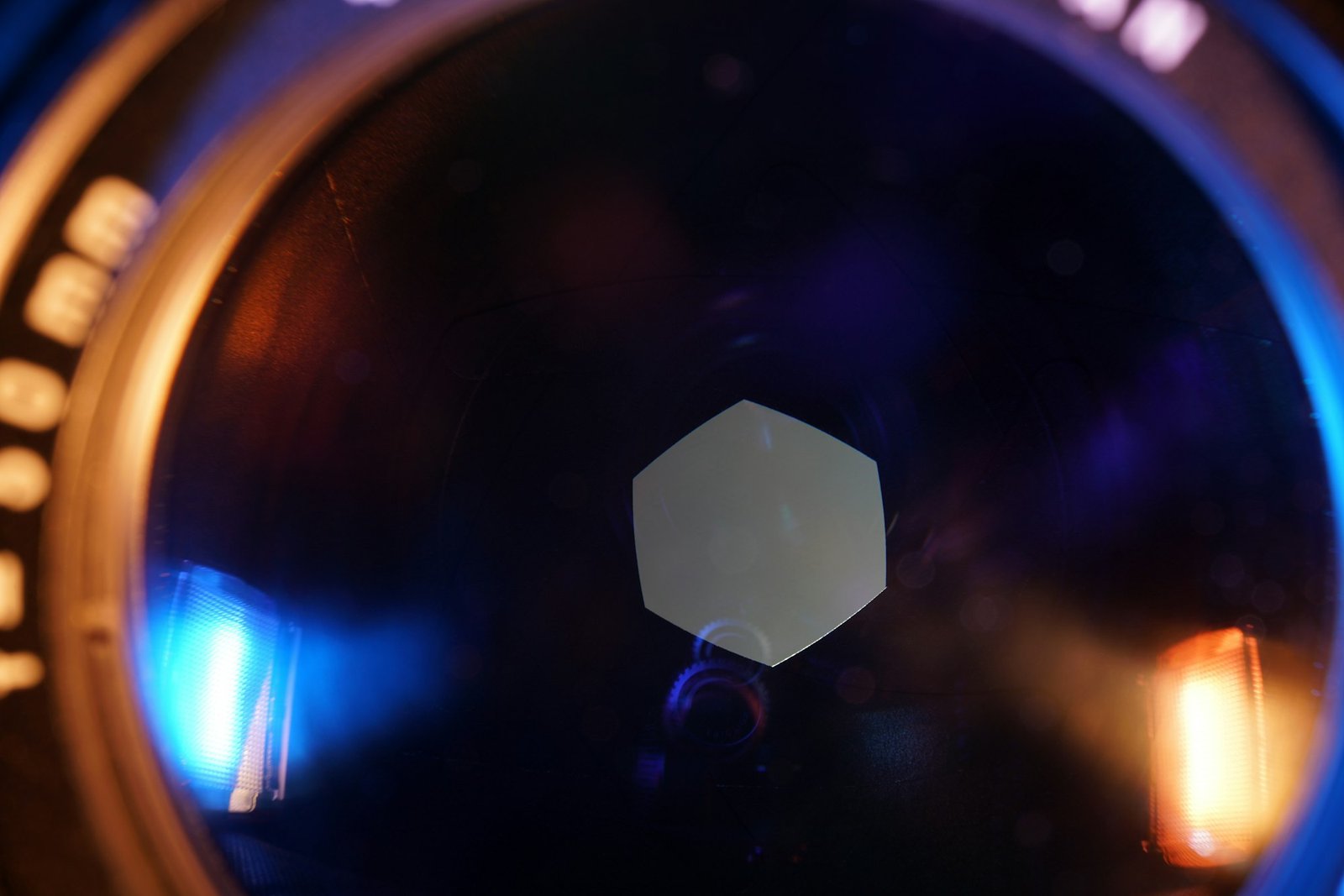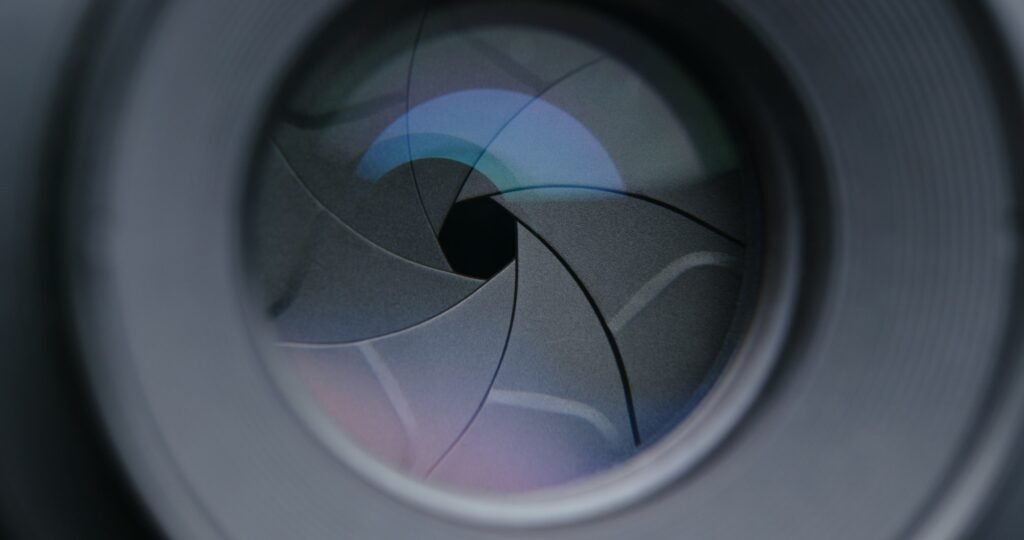HOME / SINGLE POST

Among a photographer’s most useful instruments is depth of field. It guides the viewer’s eye to where you want it to go by allowing you control over what aspects of your picture are in focus and what are blurred. Knowing depth of field can enable you to produce more striking photographs whether your shots are close-ups, landscapes, or portraits.
This tutorial will go over what depth of field is, how it works, and how to adjust it to enhance your images.
In photography, depth of focus (DoF) is the range of distance inside a picture that is reasonably crisp. Said another way, it’s the space behind and in front of your topic that is in focus. Everything beyond this seems hazy.
Depth of field is influenced by many elements; hence, knowing them will help you to regulate the degree of focus of your picture or the absence of it.

Here’s how you can apply depth of field to various photography styles:
Creating photographs that grab the viewer’s attention where you want it depends on an awareness of and control over depth of field. Depth of field is your weapon for producing either sharpness from the foreground to the horizon or a nicely softened backdrop, thereby separating a subject.
Learning depth of field in your photography requires experimenting with many apertures, distances, and focal lengths. You will improve at foreseeing how your settings will impact your final picture the more you practice. So take your camera, start shooting, and investigate the creative possibilities depth of vision presents!
Never miss any important news. Subscribe to our newsletter.